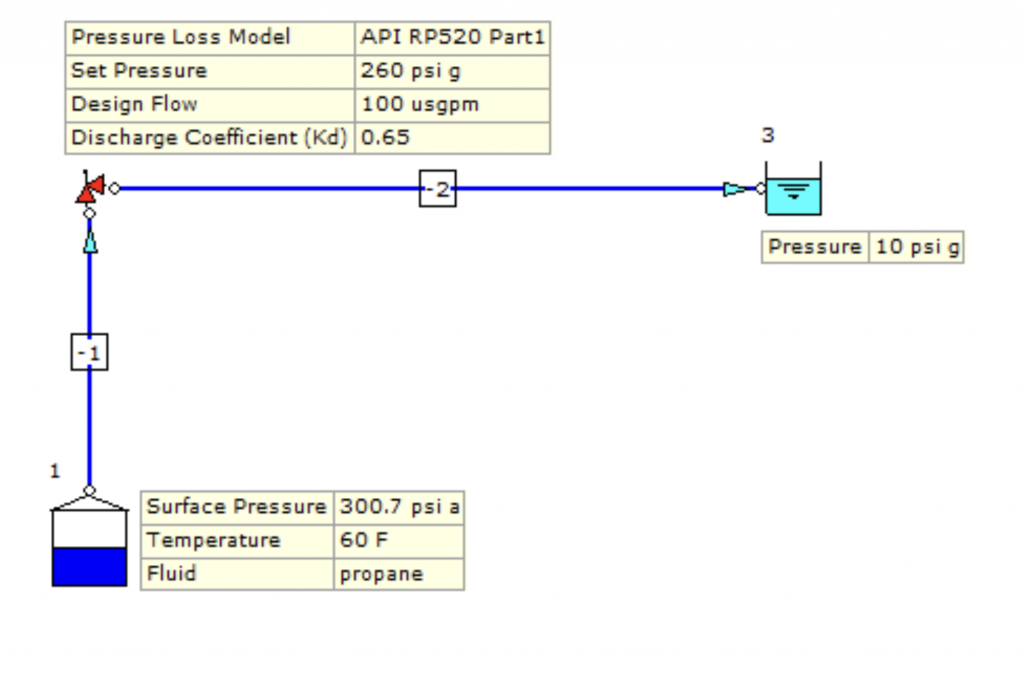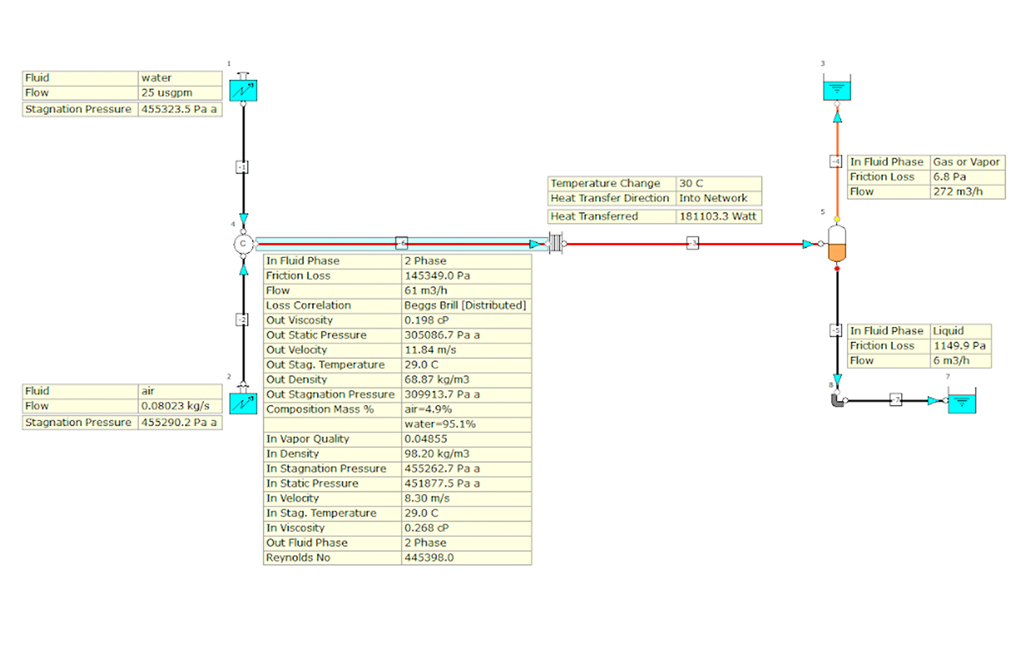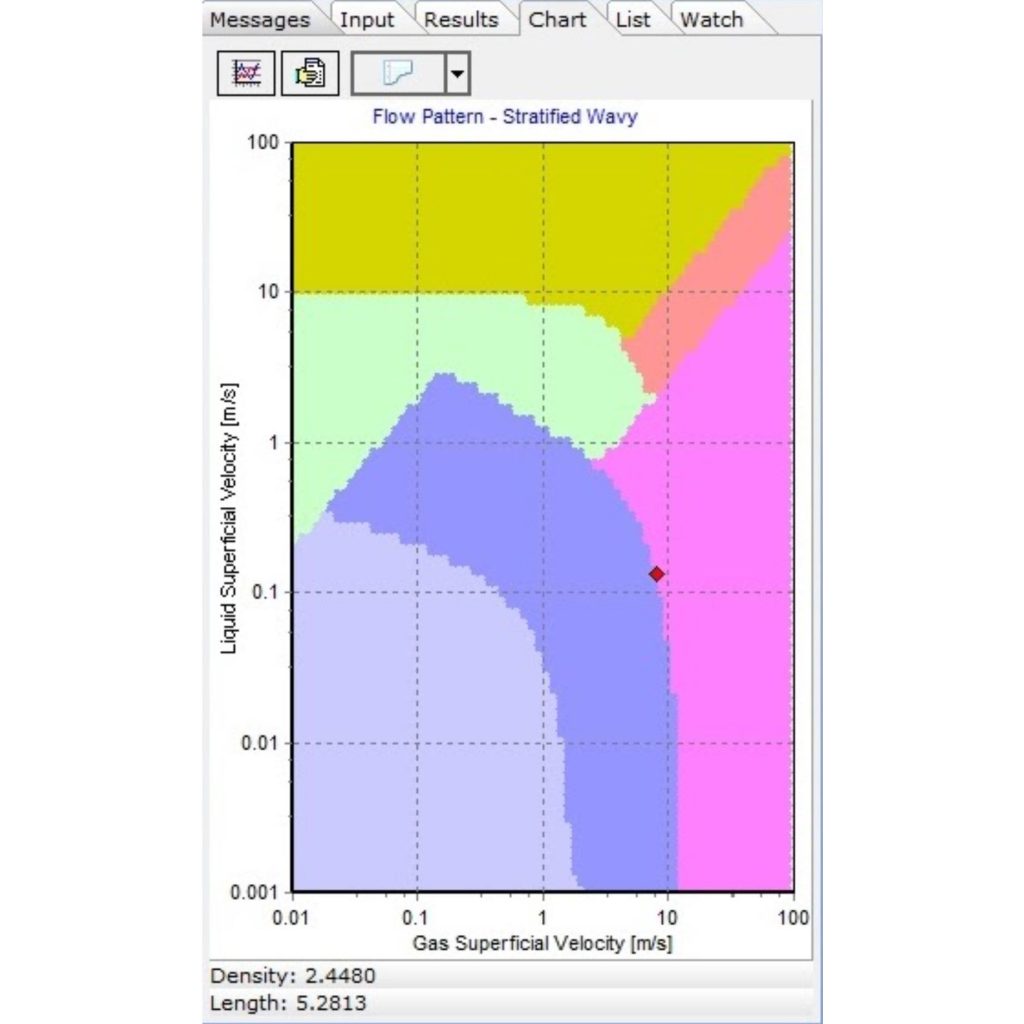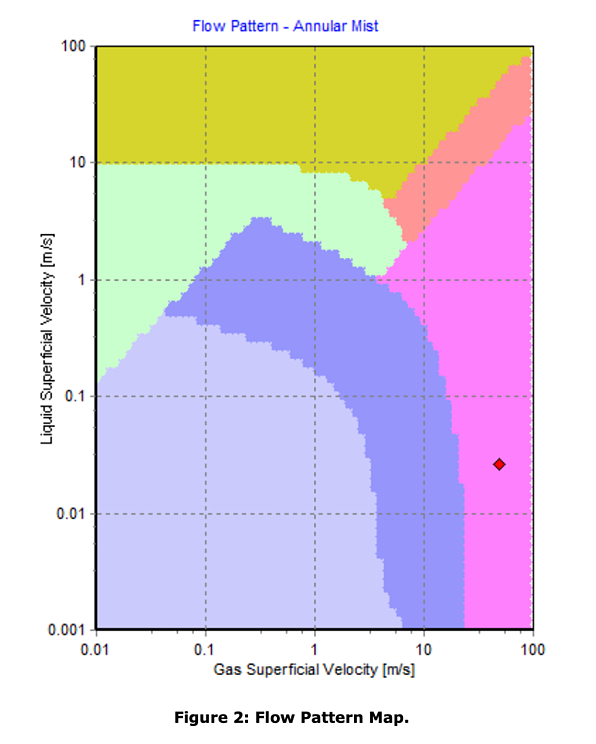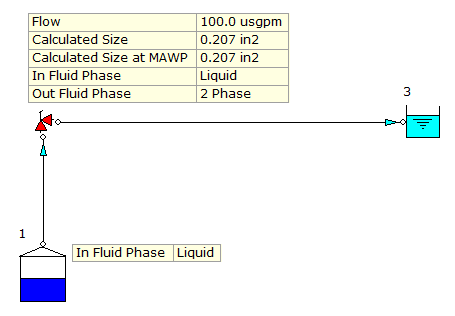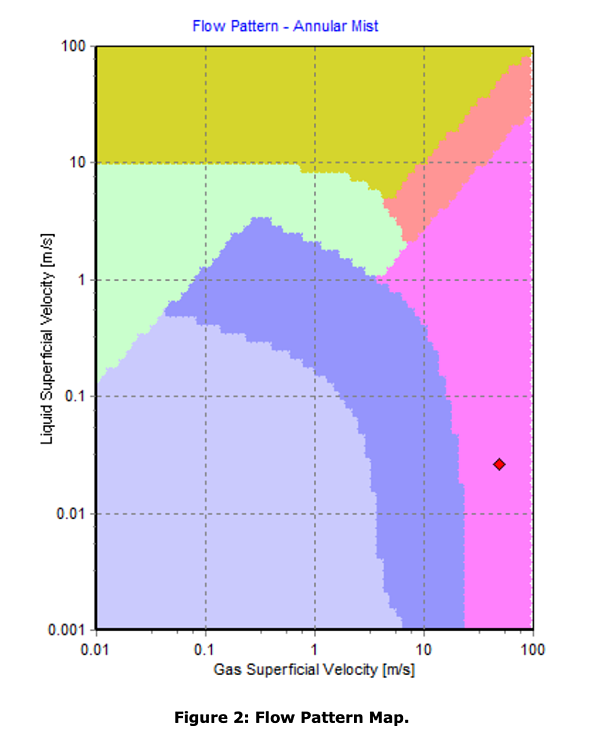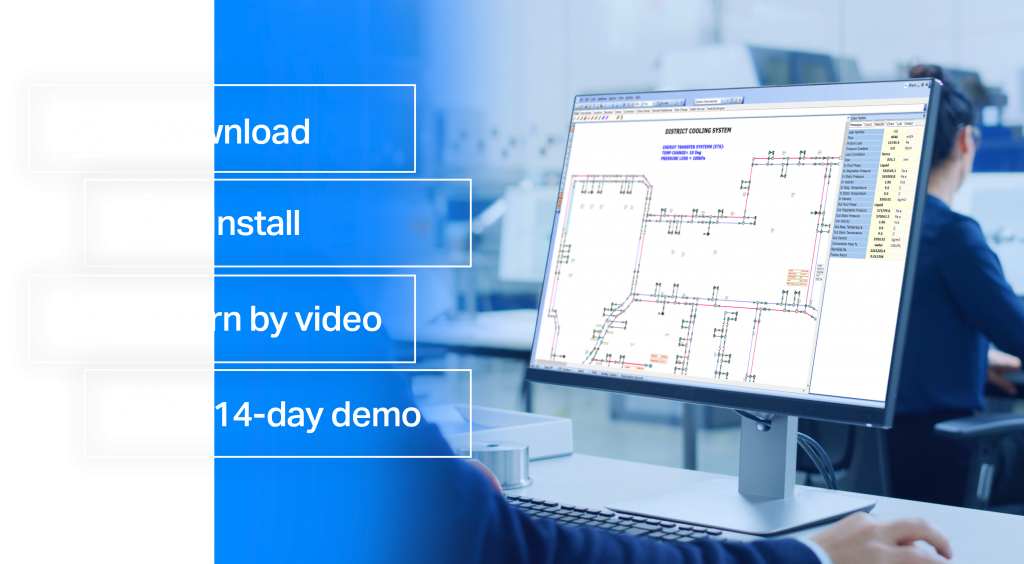21 May, 2019

Two-phase Flow
- Automatically track fluid phase-state, performs flash calculations, liquid holdup calculations and develops flow regime maps for each pipe segment.
- Includes eight two-phase correlation methodologies
- Highly accurate results developed using a “marching” solution algorithm.
